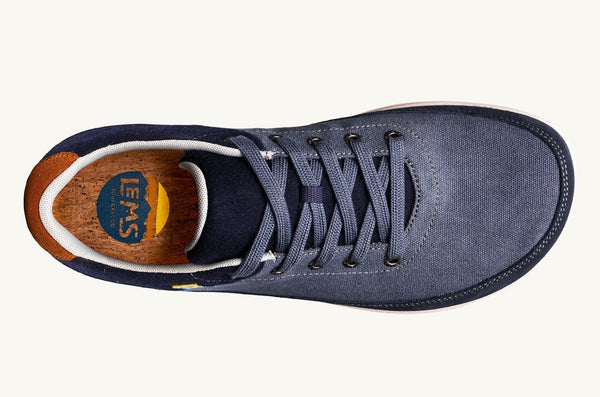
Guide to Minimal Footwear
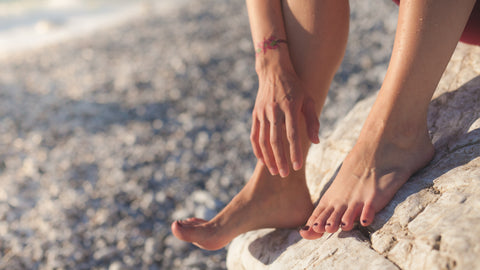
This is the Cool East Market Guide to Minimal Footwear. Our store specializes in Tabi and Minimal Footwear and this resource is for anyone who is curious about minimal shoes. Are you evaluating whether to make the transition to minimal footwear? You've come to the right place!
The Guide is divided into four sections:
- Why Wear Minimal Shoes?
- How to Choose a Pair of Minimal Shoes
- Transitioning to Minimal Footwear
- Educational Materials
If you have no idea what minimal shoes are, skip down to the "Essential Considerations" section for our definition of the main attributes of a good pair of minimal shoes.
If you're already familiar with the concepts of minimal or barefoot shoes, read on to learn more or use this guide as a reference. I'll provide links to dive deeper into other educational materials worth looking into.
_____
Part 1 - Why Wear Minimal Shoes?
This section will briefly cover what I consider to be the main benefits of minimal footwear.
Space for the Toes
- Our toes often spend too much time crammed into narrow compartments. Whether that's in shoes, boots, heels, socks or other constricting structures. When forces act on our toes to push them together, they lose the ability to splay out and some of the intrinsic muscles weaken.
- Regaining the ability to splay the toes helps control movement and balance, restoring a better connection with how we relate to gravity.
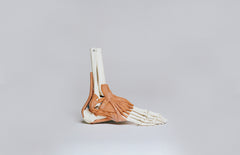
Movement for the Feet
- Related to above, our entire foot can benefit from more movement. Minimal shoes allow the many joints in the feet, 33 in each foot to be exact, to move. This improves our circulation since movement allows more blood to flow to the tiny capillary vessels in our feet, bringing oxygen to the tissues furthest from the heart.
- With so many joints in your feet, they crave the movement that they are capable of. If your feet have been encased in conventional thick plastic shoes for the majority of your life, it's time to re-nourish them with more movement!
Sensory Feedback
- The nerve endings in our feet are our body's way to gain information from our environment. Just like our eyes inform us and let us know how to navigate the world around us, our feet provide the information required for better balance, stability and coordination.
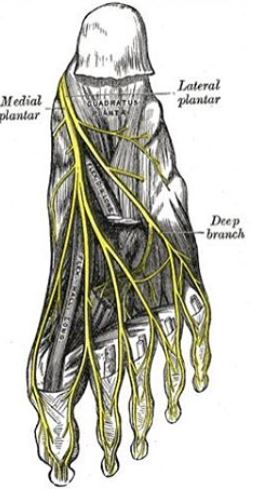
Body Alignment
- Allowing the heels to rest fully on the ground majorly affects how the entire structure of your body functions. Most noticeably, when the heels are propped up higher than the toes, the hips shift forward.
- This can create a slew of compensations such as more weight to the knees and big toes (a factor for bunions) and increased pressure or pain in the low back.
- It takes time to re-adjust to a zero heel drop, but this will help shift the hips back into better alignment for your resting standing position. More later on how to safely transition to zero heel drop.
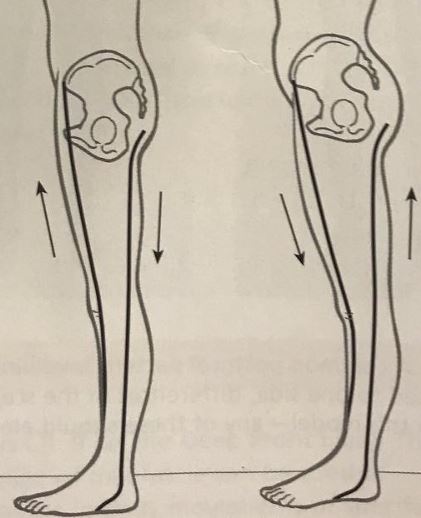
Protection Against Hazards
- With all the benefits of allowing the feet to move freely, why not go completely barefoot? Some people do! When possible, it's arguably a better choice to live barefoot.
- Depending on what your environment is like, some form of protection is usually a good idea. Are there spiky objects waiting to ambush you wherever you go? Unlikely.
- But even small protrusions can cause cuts, especially if your skin hasn't been toughened through years of being barefoot. Having added layers might also be a good idea in colder climates like Canada.
_____
This is Part 1 of our 4-part Guide to Minimal Footwear
Or skip to Part 3 - Transitioning to Minimal Footwear

